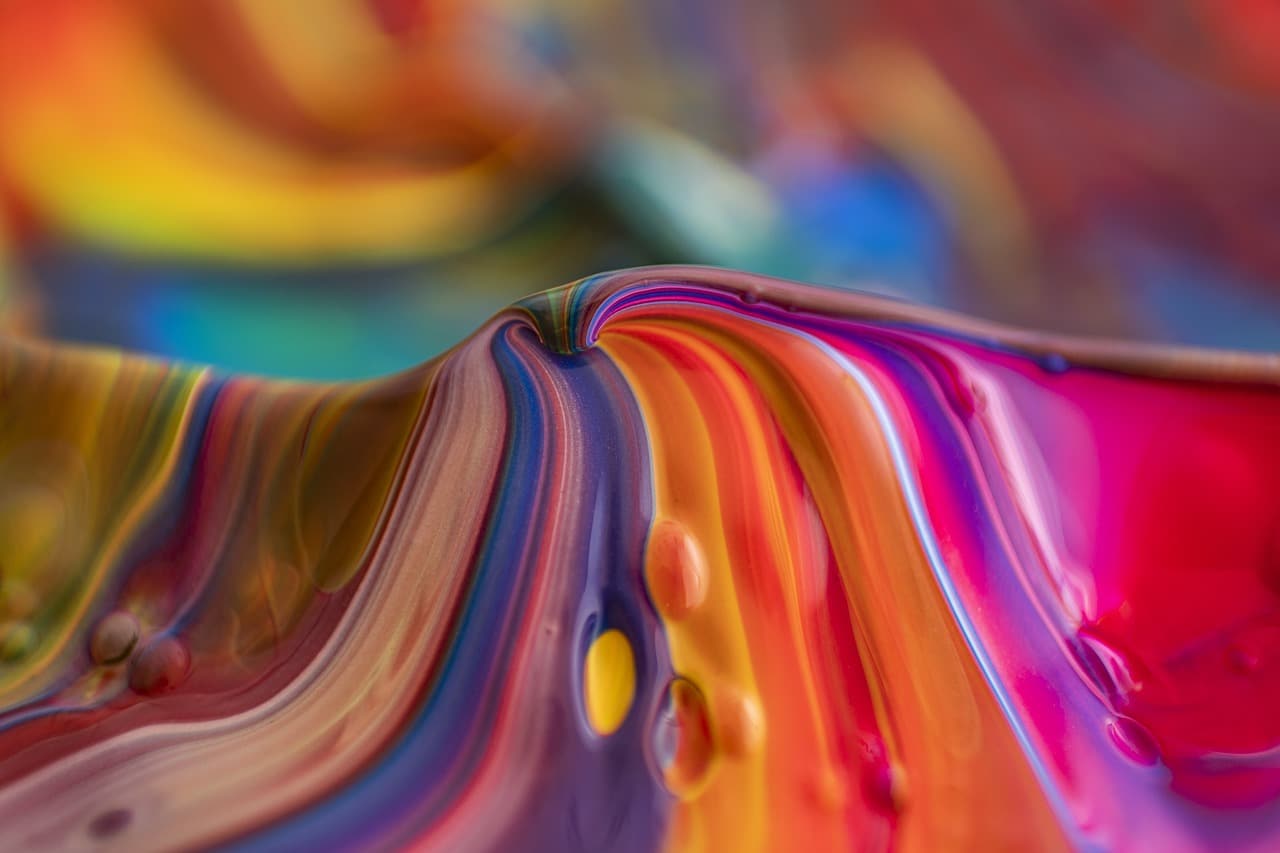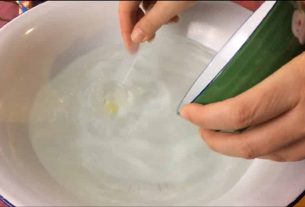Chromotherapy is a therapeutic practice that uses colors to promote balance and healing in the body and mind. Click and find out more!
Have you ever heard of chromotherapy? This is a therapeutic practice that dates back to ancient civilizations and gained prominence in the 19th century with the studies of Johann Wolfgang von Goethe and Edwin D. Babbitt. It is based on the idea that certain colors have some healing properties.
That said, each color is associated with different therapeutic effects, from stimulating vital energy to promoting calm and relaxation. For many, this approach appears as an alternative way to carry out treatments, without discarding the role of medicine itself.
So, let’s find out a little more about chromotherapy? Good reading!
What is chromotherapy?
Chromotherapy is a practice recognized as therapeutic, which is uses color to promote balance and healing in the body, mind and spirit. This approach is based on the idea that each color has a unique energetic vibration, therefore chromotherapy is based on the idea that these vibrations can influence the individual’s physical, emotional and spiritual systems.
Therefore, during a session, different colors are applied through lights, crystals, fabrics or even mental visualization, and aims to stimulate healing processesrelieve pain, promote relaxation and restore energy balance.
Although considered a complementary therapy, this therapeutic approach has been used in conjunction with other alternative medicine practices and conventional, all with the same objective: to promote general well-being.
What is chromotherapy for?
According to this approach, each color has a unique vibration that can affect an individual’s physical, emotional and energetic systems.
Therefore, through exposure to different colors, whether through light, visualization or even the application of colored objects, Chromotherapy seeks to stimulate healing, relaxation and harmonization processeshelping to restore the body’s natural balance and promote a feeling of general well-being.
Although its effectiveness may vary from person to person, many practitioners report benefits such as reduced stress, pain relief and improved emotional health. In many cases, for example, chromotherapy is a practice adopted to treat babies who have jaundice, in which the application of blue light is necessary.
How does chromotherapy work?
In this alternative treatment, The procedure is carried out with the aid of equipment. They emit light, which may or may not be directly onto the skin. One option to avoid direct contact with the skin is to isolate yourself in a room to receive the treatment, as advised.
Finally, The choice of colors will largely depend on the therapist’s recommendation. who is carrying out the monitoring. In general, they work with the idea of cold colors, which have calming power, and warm colors, which are responsible for causing more stimuli.
What does each color treat?
In chromotherapy, each color is associated with different therapeutic properties. Red, for example, is often used to stimulate blood circulation and increase energy, generally indicated for cases of fatigue and discouragement.
On the other hand, orange is associated with creativity and enthusiasm, used to promote more joy and more optimism. Yellow is considered a stimulating color, capable of strengthening the nervous system and increasing concentration, being used to combat depression and improve mental focus.
Green, in turn, is associated with healing and balance, therefore it is used to promote emotional tranquility and physical well-being. Blue is known for its calming and relaxing properties, and is often used to reduce stress and anxiety. Finally, violet is associated with spirituality and intuition, being used to promote introspection and connection with the inner self.
What is the origin of chromotherapy?
This alternative treatment has its roots in ancient civilizations, where colors were recognized for their symbolic and healing power. Historical records suggest that ancient Egyptian, Chinese and Indian cultures already used colors in therapeutic practices.. However, the modern concept of color therapy as a form of alternative therapy only came to prominence in the 19th century, with the work of German scientist Johann Wolfgang von Goethe and English physician Edwin D. Babbitt.
The German scientist explored the relationship between colors and human emotions, while Babbitt developed theories about the therapeutic effects of colors on health. Since then, color therapy has continued to evolve, incorporating influences from diverse spiritual and cultural traditions.
Therefore, today it is practiced in different forms around the world, from the application of colored light to the using crystals and color visualizations to promote balance and healing. In this way, chromotherapy continues to be explored as a form of complementary therapy to promote physical, emotional and spiritual well-being.
So, what did you think of this content? Tell us! Enjoy and read too: Aromatherapy: the power of essential oils and their benefits
Source: Tua Saúde, Personare

Sign up for our newsletter and stay up to date with exclusive news
that can transform your routine!
Warning: Undefined array key "title" in /home/storelat/public_html/wp-content/plugins/link-whisper-premium/templates/frontend/related-posts.php on line 12
Warning: Undefined array key "title_tag" in /home/storelat/public_html/wp-content/plugins/link-whisper-premium/templates/frontend/related-posts.php on line 13




